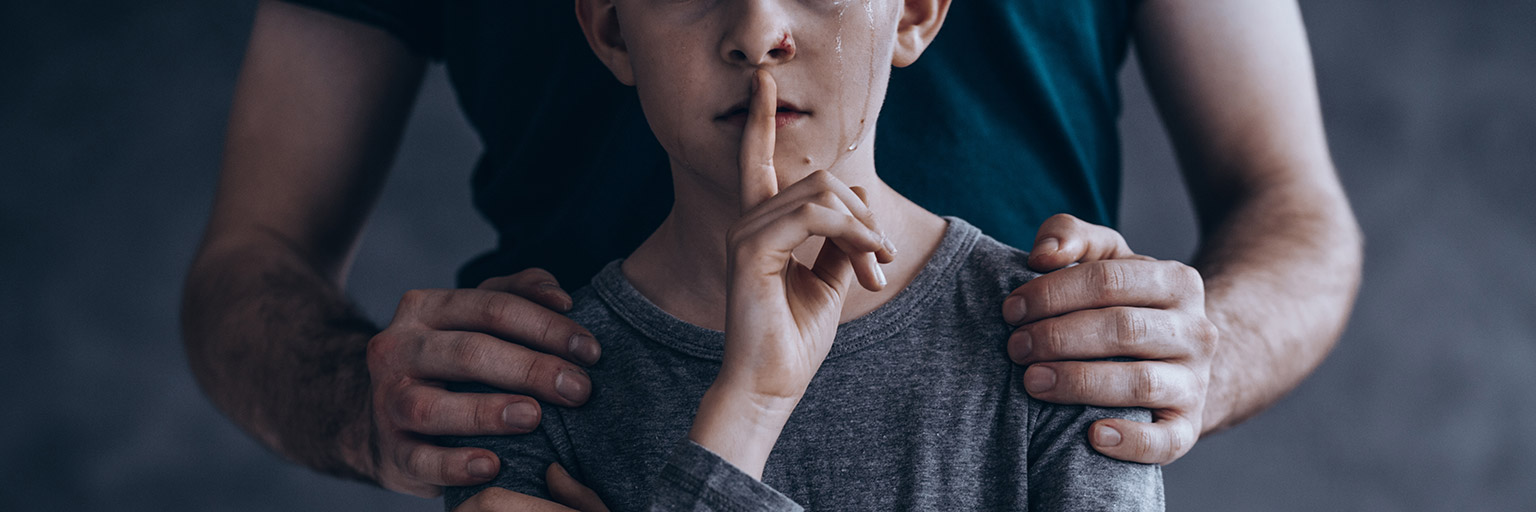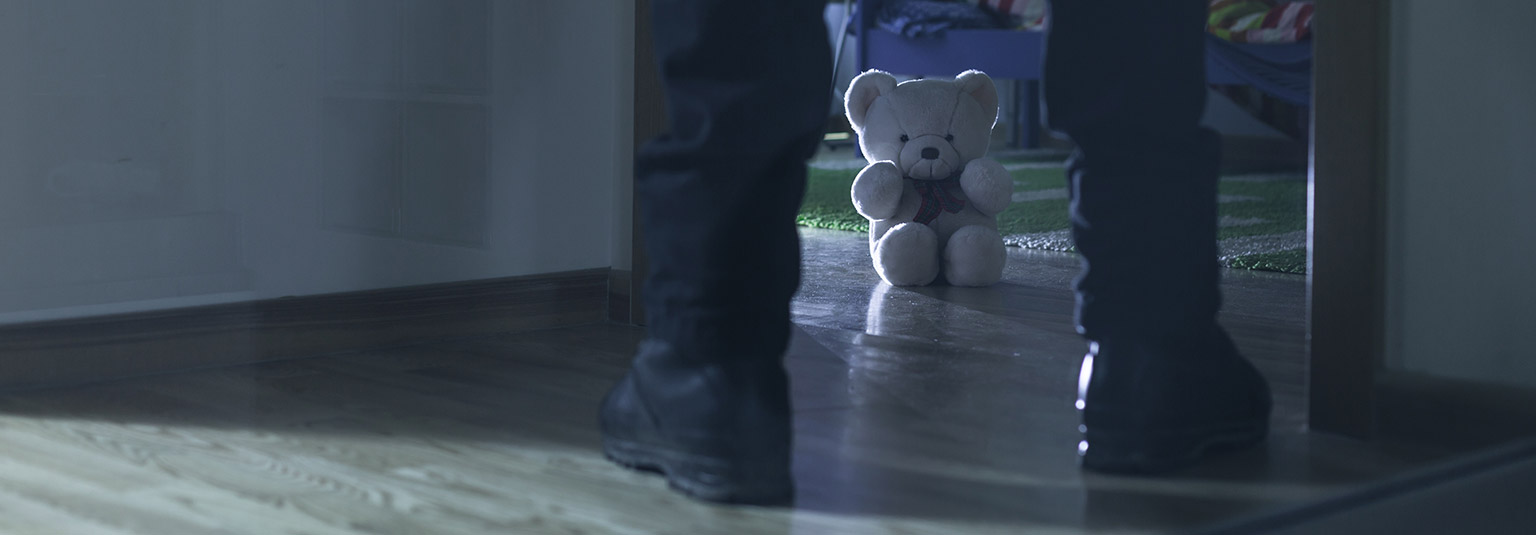Symptoms of Child Abuse & Neglect
Recognizing the Signs & Symptoms of Child Abuse & Neglect
KIDS Place CAC Serving Macon and Graham Counties
The information contained below provides lists of common signs or symptoms of child abuse and neglect. KIDS Place reminds you that the information provided is not all-inclusive as each child / youth / teen reacts differently to their situation.
North Carolina law requires that you report child abuse if you suspect it. As outlined in statute § N.C.G.S 7B-301 and § N.C.G.S. 14-318.6 every adult in North Carolina is a mandated reporter of suspected child abuse. Please take the time to follow through and make a report.
If you suspect a child / youth / teen is being abused, you must make a report with your local sheriff’s office and the Department of Social Services (DSS).
In addition, North Carolina has a law that can penalize professionals who do not report. North Carolina also provides immunity from civil liability and criminal penalty for mandated reporters who report in good faith.
Physical Abuse Indicators:
Physically abused children will not only have physical signs of abuse, but many times these physical signs will be accompanied by behavioral and emotional signs.
It is important to remember that none of the indicators listed below is a definite sign that a child is being physically abused. Instead, you should think of them as red flags, a sign that something in the child’s life has created enough stress to change their behavior. A history of suspicious injuries should be considered in determining whether you should make a report of abuse to the Department of Social Services.
- Unexplained injuries to the ... Buttocks, Head, Genital Area, Abdomen, Back, Side of Body or Back of Hands.
- Bruises, Welts, Bites, Hair Loss ... On the face, lips, torso, back, buttocks and thighs. Clustered bruises or welts that form a pattern.Injuries that regularly appear after a child has been absent. Human Bite marks and Hair Loss.
- Burns such as ... Immersion Burns: Burns that have a sock-like or glove-like appearance or burns that are doughnut shaped on the buttock or genital area. Burns that have a patterned appearance – from electric burner, iron or cigarettes.

Sexual Abuse Indicators:
Children who have been sexually abused may not have any physical signs of the abuse. Even if you notice one or some of the physical indicators listed below, this does not prove that the child has been sexually abused.
Like the physical indicators of sexual abuse, emotional or behavioral indicators are not conclusive proof that a child has been sexually abused. The presence of one or more indicators should be a sign to look closer at the child and the child’s environment.
- Head Injuries:
- Injury to the ear, cheeks, temple or bony skull area
- Bleeding around the ear, cuts or swollen ear
- Lips tears, cuts, scrapes, or burns on the lips
- Broken teeth or cuts on the tongue
- Facial fractures such as two black eyes, bleeding in the upper eyelid
- Physical Indicators:
- Unexplained Abdominal pain
- Difficulty walking or sitting
- Torn, stained or bloody underclothing
- Pain, swelling or itching in the genital area
- Bruises, bleeding or lacerations of the external genitalia, vagina or anal areas
- Vaginal or penile discharge
- Semen around the genitals or on undergarments
- Pain when urinating
Sexually transmitted diseases: gonorrhea, syphilis, herles, genitalis or venereal warts
Pregnancy, especially in early adolescence - Behavioral and Emotional Indicators:
- Excessive masturbation
- Sexual acting out
- Knowledge of sexual matters inappropriate to age or development
- Sexually abused a sibling, friend or younger child
- Eating or sleeping disturbances
- Depression
- Sudden drop in academic performance
- Acting out or aggressive behavior
- Regression of behavior
- Appears frightened of adults, darkness or being left alone

Emotional Abuse Indicators:
Emotionally abused children have several things in common: low self-esteem, feelings of guilt and the assumption that they are responsible for being unworthy of their parents’ love, affection and attention.
Like physical and sexual abuse, none of the indicators listed below is proof that a child has been emotionally abused. However, the presence of one or more indicators should prompt you to take a closer look at the child and the child’s environment.
- Physical Indicators:
- Speech Disorders
- Lags in Physical Development
- Sallow, empty facial expression
- Loss of bladder or bowel control
- Behavioral and Emotional Indicators:
- Anxiety and unrealistic fears
- Sleep problems, nightmares
- Poor relations with peers
- Disruptive, aggressive or passive behavior
- Oppositional, defiant of authority
- Overly compliant
- Over controlled, rigid or overly impulsive
- Depressed, isolated, withdrawn
- Habit disorders such as biting, rocking, head banging, or thumb sucking in an older child

Child Neglect Indicators:
Emotionally abused children have several things in common: low self-esteem, feelings of guilt and the assumption that they are responsible for being unworthy of their parents’ love, affection and attention.
Like physical and sexual abuse, none of the indicators listed below is proof that a child has been emotionally abused. However, the presence of one or more indicators should prompt you to take a closer look at the child and the child’s environment.
- Physical Neglect:
- Lack of a Safe Physical Environment
- Lack of adequate shelter
- Lack of heating in cold weather
- Lack of adequate space for sleeping, eating, bathing
- Unsanitary home conditions
- Inadequate nutrition, clothing or hygiene care
- Poor quality food, food that lacks nutritional value
- Parent that is inadequate or inappropriate for the child’s age and development
- Clothing that is inadequate for the weather conditions
- Clothing that is torn, not the right size, not regularly washed
- Poor hygiene, child not bathed regularly
- Inadequate Supervision
- Leaving a young child alone or in charge of other children
- Leaving a child with an inappropriate caregiver
- Allowing a child to play in unsafe areas or without supervision
- Abandonment of the child
- Medical Neglect:
- Lack of treatment for medical problems, illnesses, trauma
- Lack of care for special needs
- Disregard for medical directions-prescriptions, appointments
- Lack of immunization against disease
- Teeth appear to be decaying or decayed
- Frequent absences form child care or school due to illness - Inadequate Supervision:
- Leaving a young child alone or in charge of other children
- Leaving a child with an inappropriate caregiver
- Allowing a child to play in unsafe areas or without supervision
- Abandonment of the child - Educational Neglect:
- School-age children not enrolled
- Chronic truancy
- Unwillingness to support child’s education

